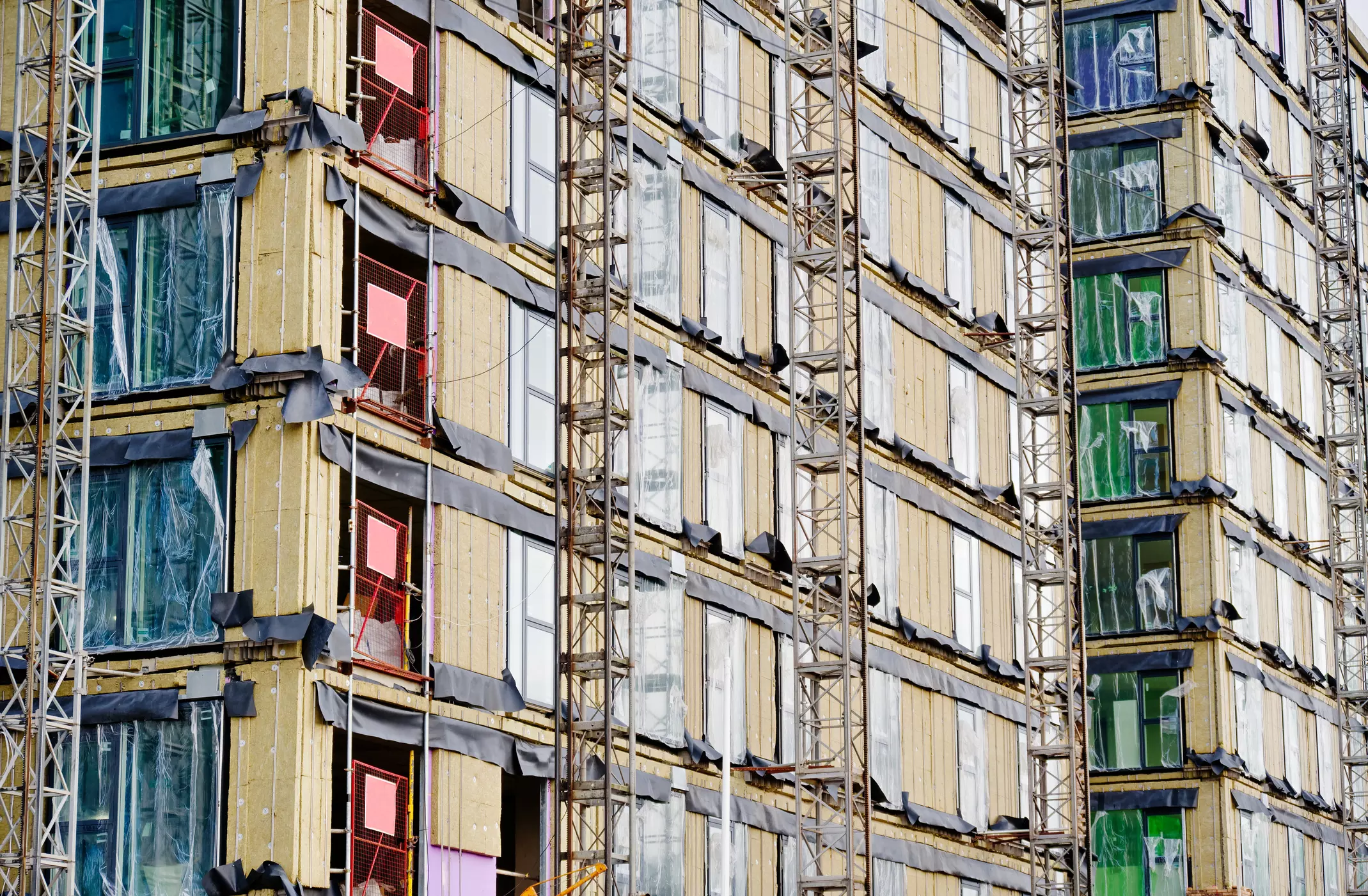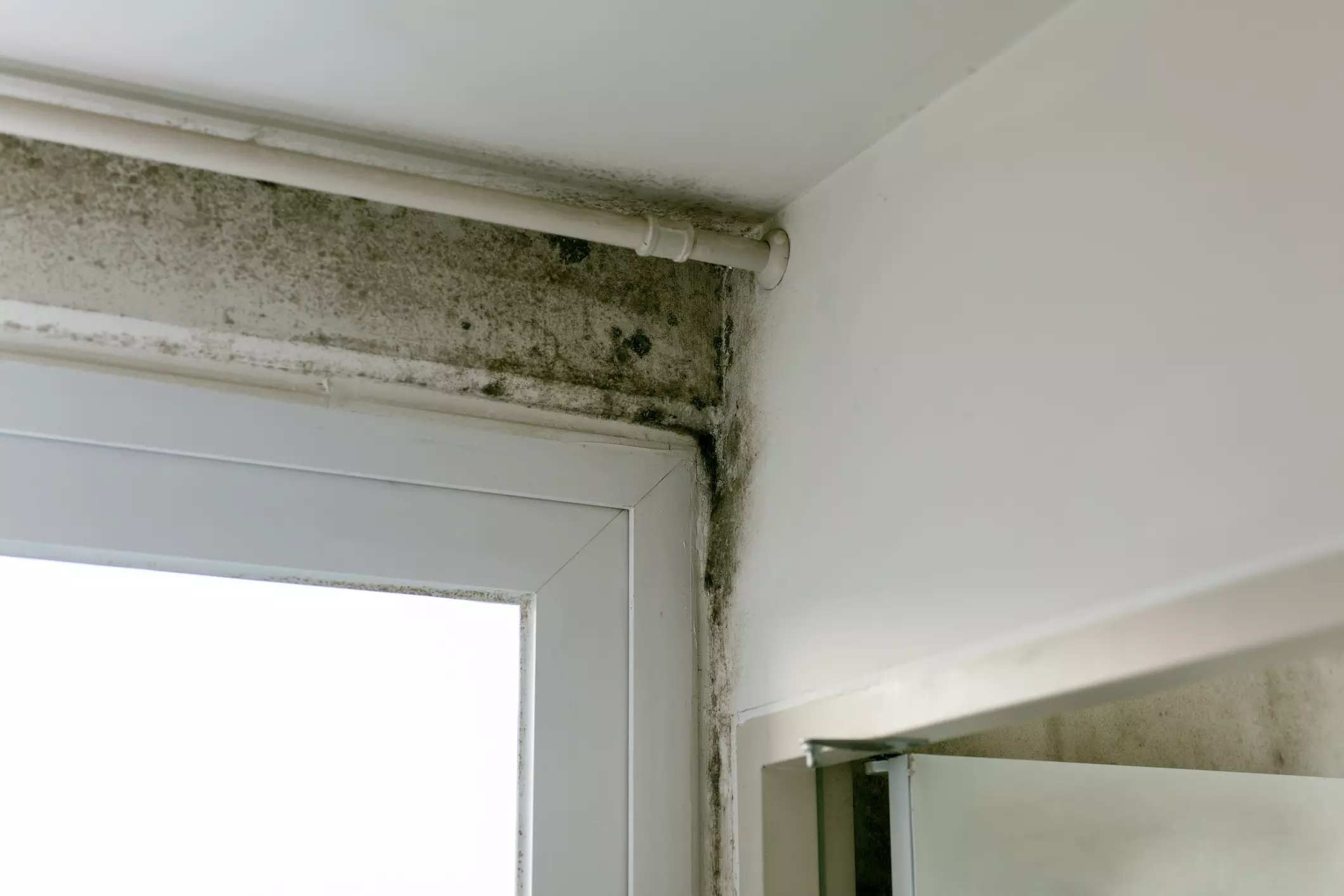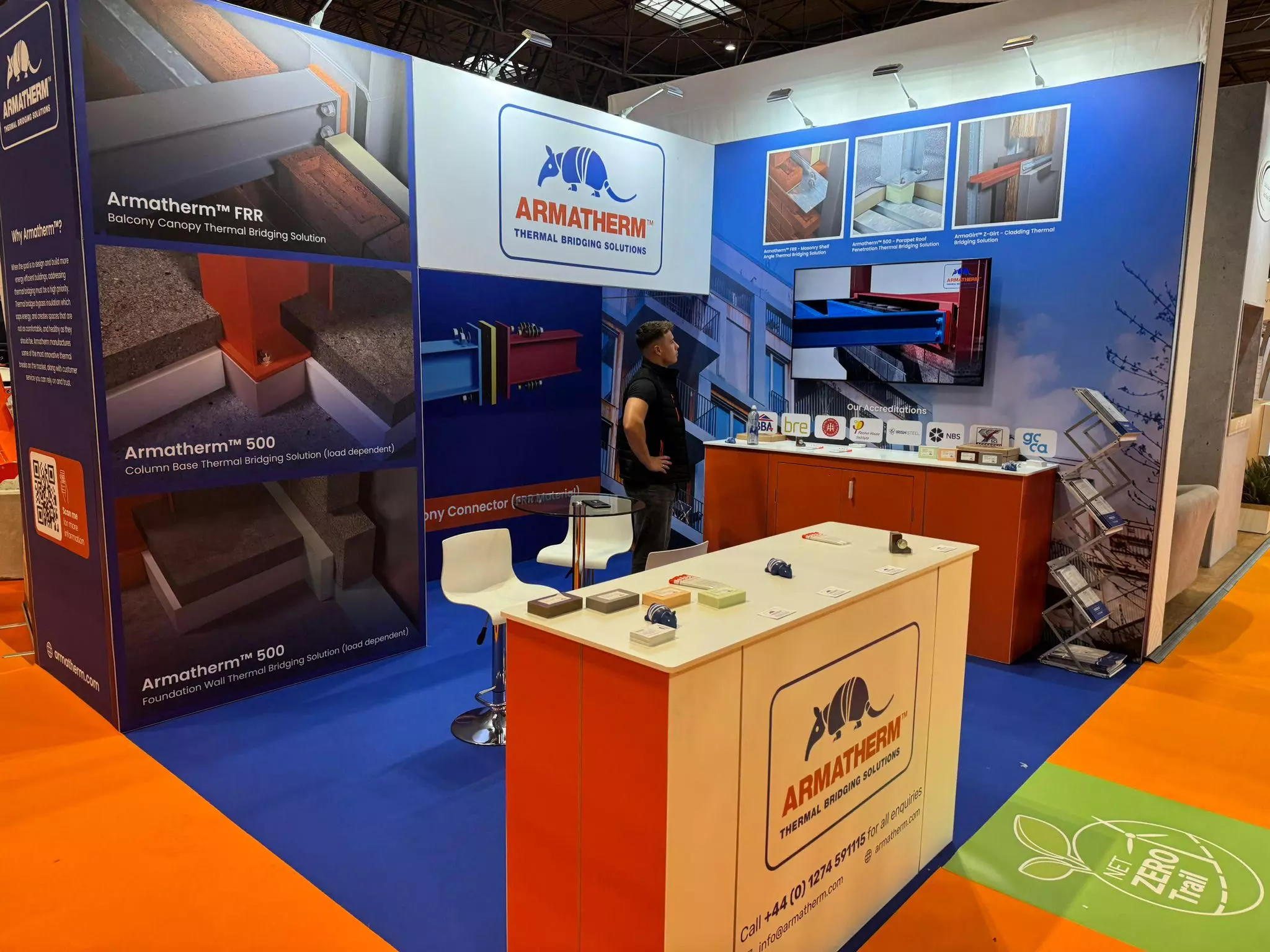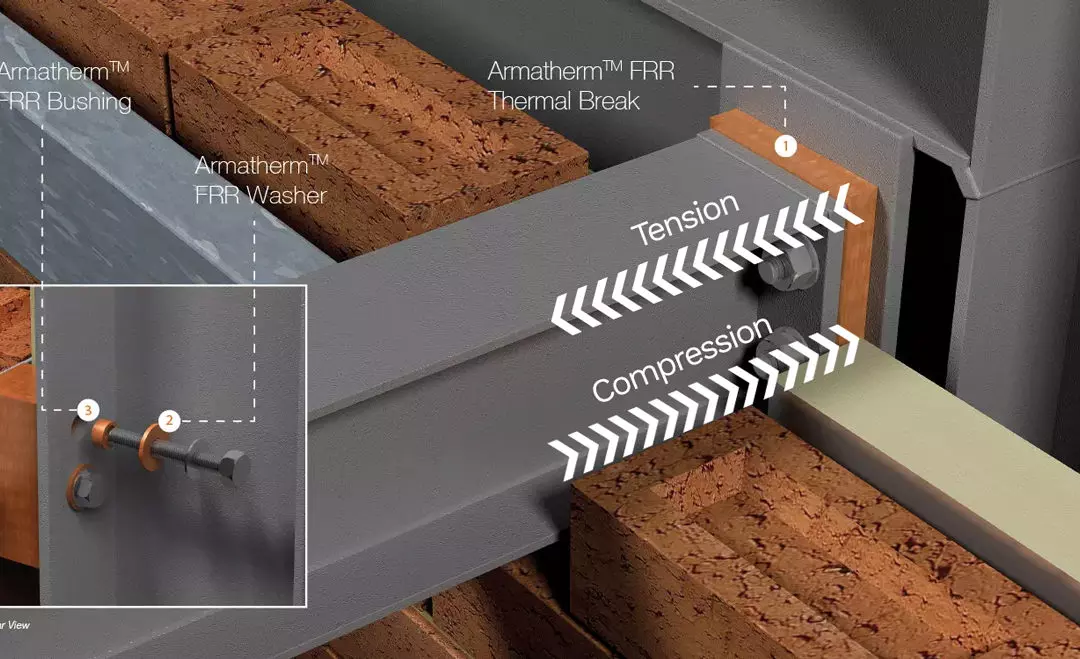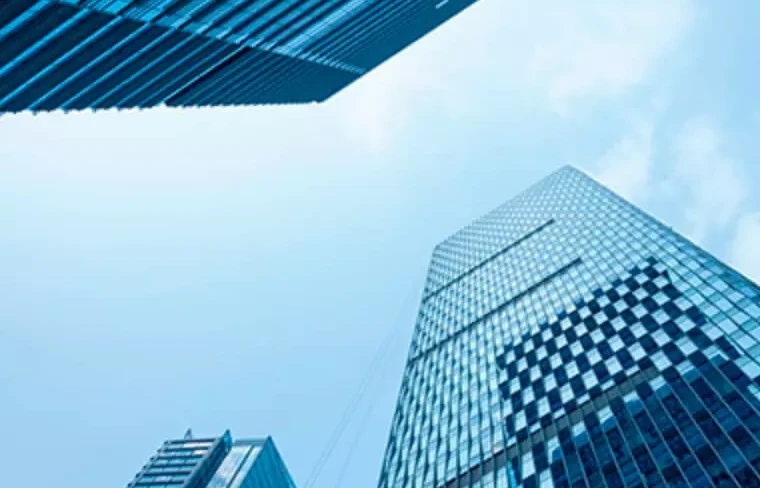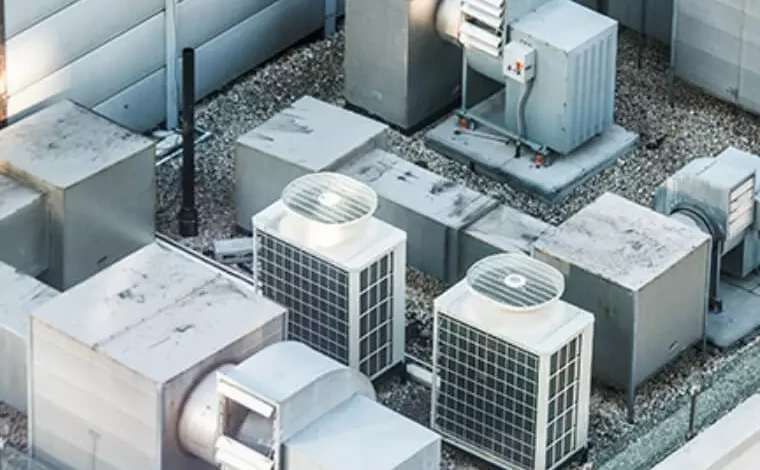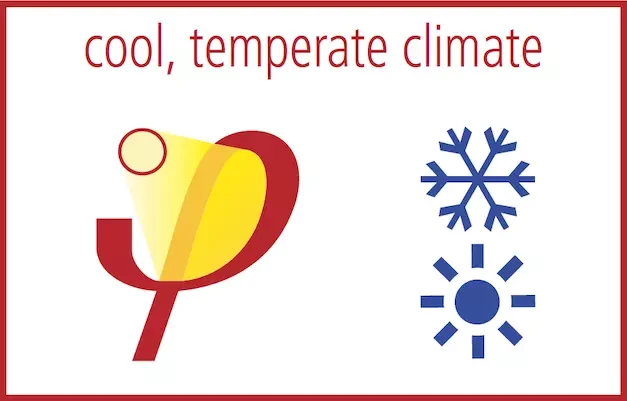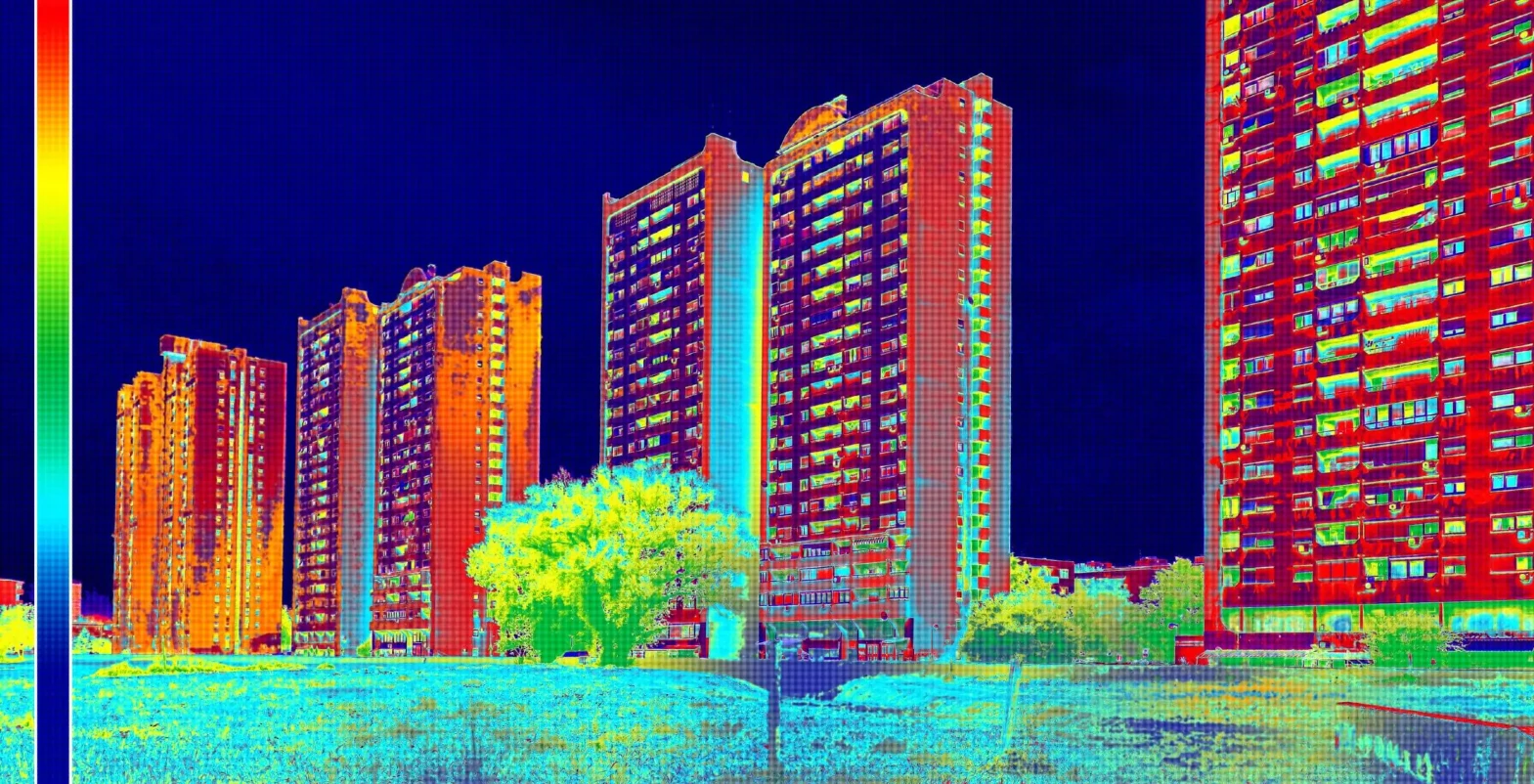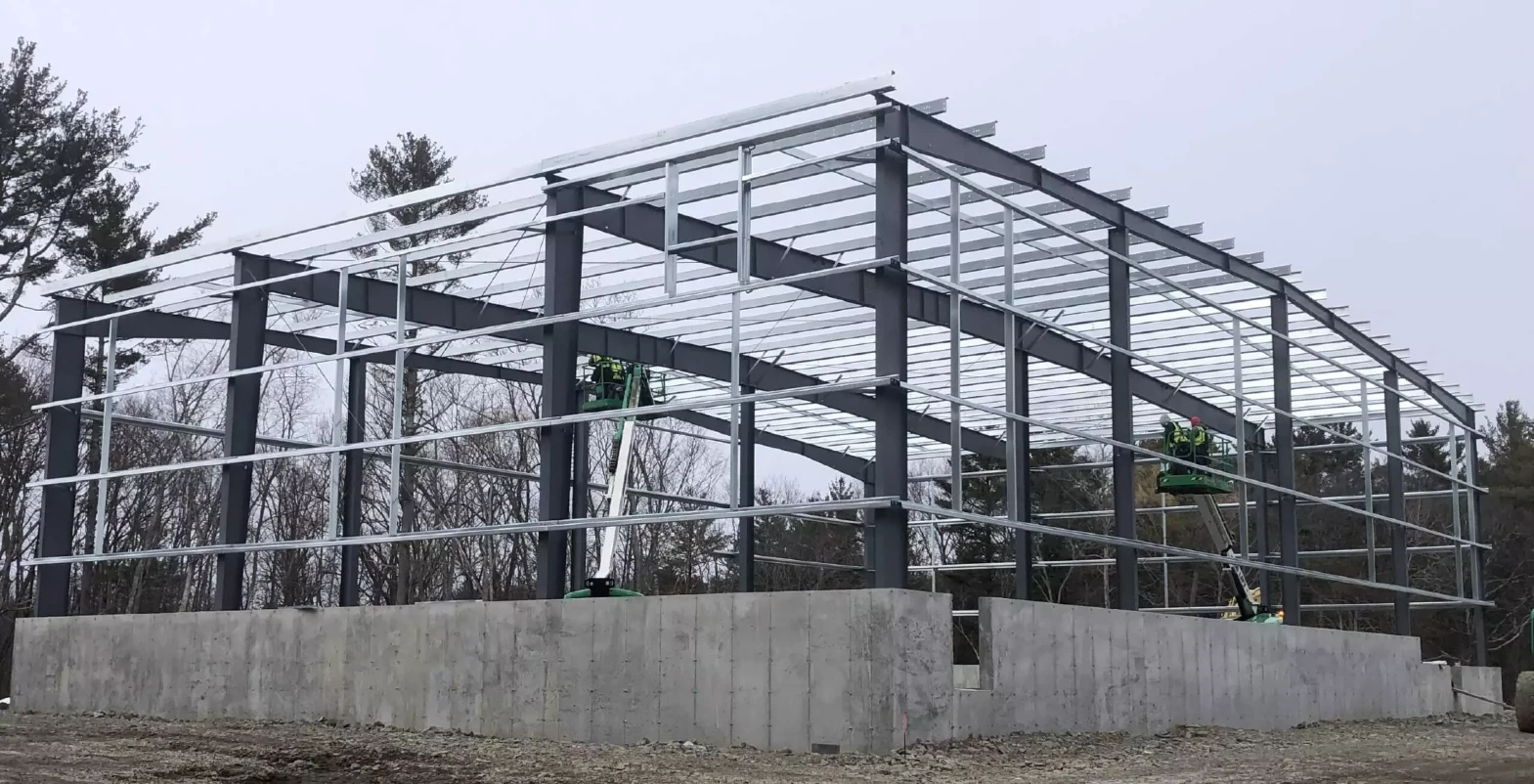
Net zero refers to reducing greenhouse gas emissions to 100% below 1990 levels by 2050. In the UK, this legally binding commitment aims to balance emitted and removed greenhouse gases to limit global warming and mitigate climate change.
As 2025 approaches, the construction industry faces significant challenges, including a £1.2 million debt at the end of 2024. However, advancements in materials and technology offer practical ways to meet net zero targets. Incorporating sustainable solutions can address industry hurdles while driving positive environmental change.
Creating a Circular Economy in Construction
A circular economy focuses on reusing materials, conserving natural resources, and reducing landfill waste. In construction, this approach is critical due to the sector’s substantial environmental impact. By prioritising recycling and reuse of materials like steel, concrete, and timber, the industry can significantly lower its carbon footprint. However, this requires a shift in design thinking and end-of-life planning for building materials.
Architects and engineers are increasingly designing buildings with future demolition and adaptation in mind. Modular designs and materials that are easier to recycle or repurpose play a crucial role in creating adaptable structures. These practices not only reduce waste but also support sustainable construction methods, driving demand for recycled and durable materials.

